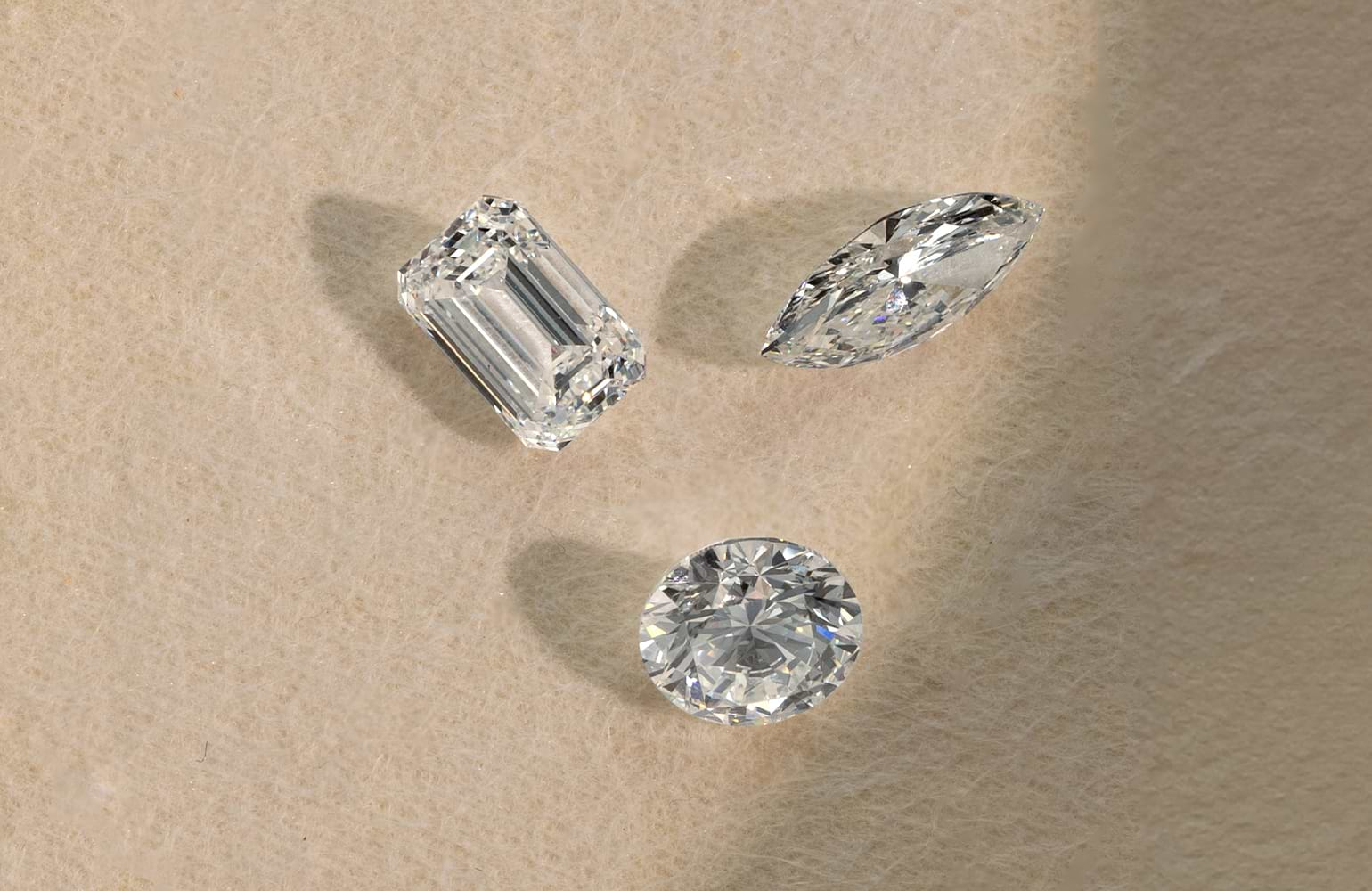In the world of fine jewelry, lab grown diamond necklaces stand out as a stunning blend of beauty, ethics, and innovation. As more consumers seek sustainable alternatives to traditional diamond jewelry, lab grown diamonds have emerged as a brilliant choice. This guide explores everything you need to know about these remarkable pieces, from their creation to styling tips, ensuring that you make an informed decision when choosing your next necklace.
What Are Lab Grown Diamonds?
Lab grown diamonds are synthetic diamonds that possess the same physical, chemical, and optical properties as natural diamonds. Created using advanced technology, they replicate the conditions under which diamonds naturally form in the Earth. This process results in diamonds that are real and authentic, offering the same durability and sparkle as their mined counterparts.
The Benefits of Choosing Lab Grown Diamond Necklaces
Choosing a lab grown diamond necklace offers numerous advantages:
1. Ethical Sourcing
One of the primary concerns for many consumers is the ethical implications of diamond mining. Lab grown diamonds are created in controlled environments, eliminating the ethical dilemmas associated with traditional mining, such as labor exploitation and environmental degradation. By opting for lab grown diamonds, we contribute to a more sustainable and humane jewelry industry.
2. Cost-Effective Luxury
Lab grown diamonds are typically 30-40% less expensive than mined diamonds. This affordability allows consumers to invest in larger or higher-quality stones without breaking the bank. We can explore more intricate designs and settings, resulting in breathtaking necklaces that are within reach.
3. Quality and Variety
Lab grown diamonds undergo rigorous quality control during their creation, resulting in gems that are often superior in clarity and color compared to natural diamonds. They come in various shapes, sizes, and colors, allowing us to find the perfect piece that suits our style.
Understanding the Creation Process of Lab Grown Diamonds
Lab grown diamonds are created through two primary methods: High-Pressure High-Temperature (HPHT) and Chemical Vapor Deposition (CVD).
HPHT Method
The HPHT method mimics the natural conditions of diamond formation by applying extreme pressure and temperature to carbon sources. This process results in diamonds that are chemically identical to natural ones. The HPHT method can produce diamonds in a variety of colors, depending on the conditions and materials used.
CVD Method
The CVD method involves vaporizing carbon-rich gases and allowing them to crystallize onto a substrate. This process can take weeks to months, resulting in high-quality diamonds that can be cultivated with specific properties, such as color and clarity.
Choosing the Perfect Lab Grown Diamond Necklace
When selecting a lab grown diamond necklace, several factors come into play:
1. Style
Lab grown diamond necklaces come in various styles, including solitaire pendants, halo settings, multi-stone necklaces, and choker styles. The choice depends on personal taste and the occasion for which the necklace is intended.
2. Setting and Metal Choice
The setting of a diamond can significantly impact its appearance. Popular settings include prong, bezel, and pave. Additionally, the choice of metal—such as white gold, yellow gold, or rose gold—can enhance the overall aesthetic of the necklace. We must consider which combination best suits our style.
3. Carat Weight and Size
Carat weight refers to the size of the diamond. While larger diamonds can be more striking, smaller diamonds can create delicate and elegant designs. When choosing the carat weight, it’s essential to balance size with personal style and budget.
4. Certification
Ensure that the lab grown diamond is certified by a reputable gemological laboratory. Certificates provide detailed information about the diamond’s quality, including its cut, color, clarity, and carat weight. Look for certifications from established organizations like the Gemological Institute of America (GIA) or the International Gemological Institute (IGI).
Caring for Your Lab Grown Diamond Necklace
To maintain the beauty of your lab grown diamond necklace, proper care is essential:
1. Regular Cleaning
Cleaning your necklace regularly can help maintain its brilliance. Use a gentle solution of warm water and mild soap. Soak the necklace for a few minutes, then use a soft brush to remove any dirt or buildup. Rinse thoroughly and pat dry with a soft cloth.
2. Safe Storage
Store your necklace in a soft pouch or a separate compartment in your jewelry box to avoid scratches and tangling. Keeping it away from other jewelry can help preserve its quality.
3. Professional Maintenance
Consider having your necklace professionally cleaned and inspected at least once a year. A jeweler can check the settings and ensure the diamonds are secure.
Styling Tips for Lab Grown Diamond Necklaces
Lab grown diamond necklaces can elevate any outfit, from casual to formal. Here are some styling tips to maximize their impact:
1. Layering
Layering necklaces of varying lengths can create a trendy and personalized look. Pair a lab grown diamond necklace with delicate chains or other gemstones for a chic, bohemian style.
2. Complementing Outfits
Choose a necklace that complements the neckline of your outfit. For instance, a v-neck dress pairs beautifully with a pendant necklace, while a strapless top looks stunning with a choker.
3. Occasion Appropriateness
Consider the occasion when selecting a necklace. Opt for simple, elegant pieces for everyday wear, while more elaborate designs can enhance evening gowns or special event attire.
Conclusion: Embrace the Beauty of Lab Grown Diamond Necklaces
Lab grown diamond necklaces represent the perfect fusion of beauty, ethics, and affordability. By choosing these exquisite pieces, we not only invest in stunning jewelry but also support sustainable practices within the industry. Whether for personal use or as a gift, lab diamonds offer a compelling alternative that doesn’t compromise on quality or elegance.



